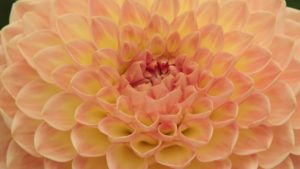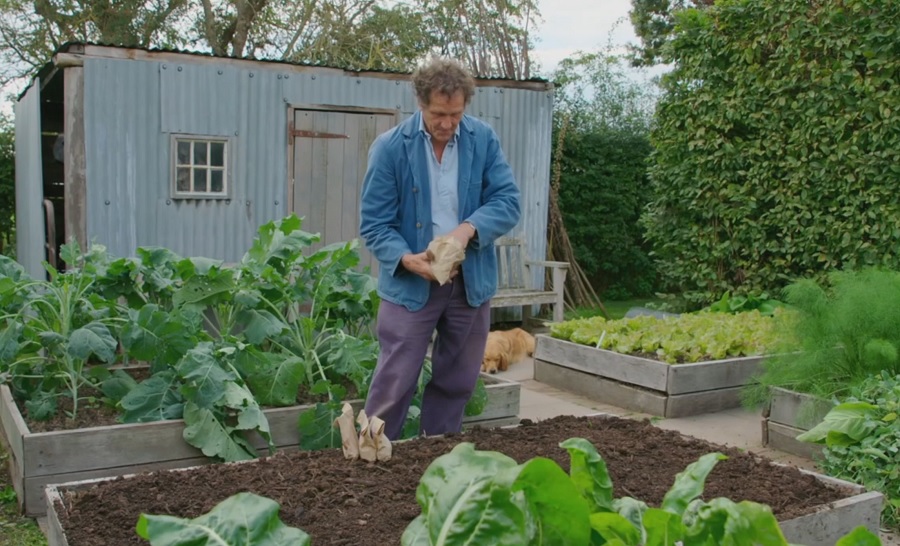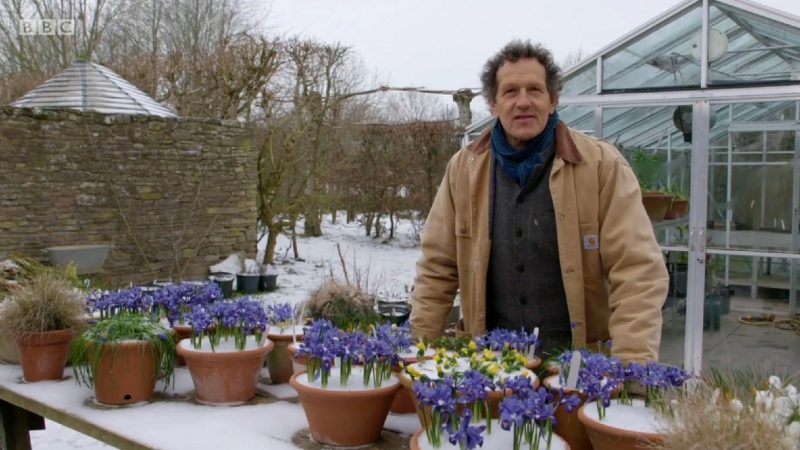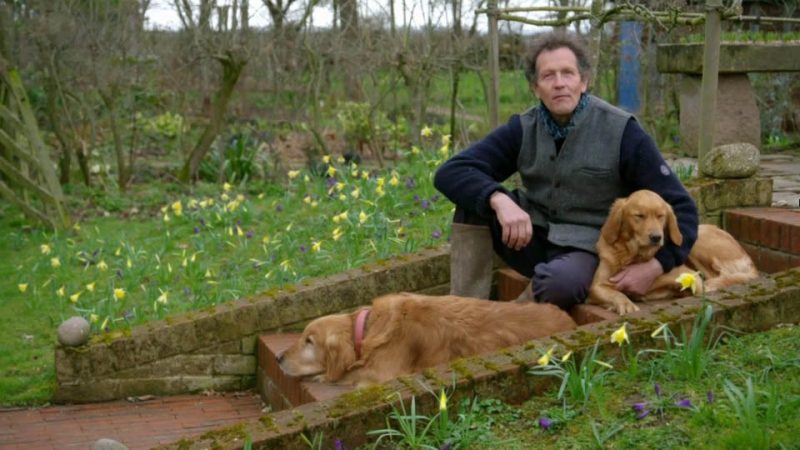In Gardeners World 2018 episode 24 – Monty is planning for a colourful spring when he plants bulbs and nectar-rich wildflowers for an early and welcome feast for insects. Frances Tophill travels to a Birmingham allotment to meet an enthusiast who has filled his allotment with dahlias. Nick Bailey is at Powis Castle in Wales to find out just what it takes to trim their centuries-old, 14-metre-tall yew hedges.
Watch Gardeners World 2018 episode 23 HERE
Adam Frost visits Sezincote garden in Gloucestershire to find out about its history. Toby Buckland takes a close look at a garden in Cheshire where different sections of the garden have been designed with small gardens in mind. And we meet a Chichester man whose passion is one of the most exotic flowers of the late summer border – the ginger lily.
Gardeners World 2018 episode 24
Hardy cyclamen
A delightful tuberous perennial providing colour often when little else is flowering, particularly in late winter or early spring. Hardy cyclamen species and cultivars are ideal for naturalising under trees, on banks or in a shady border and planted in association with other early-flowering woodland plants such as snowdrops, winter aconites and primroses.
Shade-loving plants
Gardens shaded by trees and buildings are increasingly common as gardens get smaller. Although north- or east-facing gardens can be cool and shady for much of the year, they can present some creative opportunities with well-chosen shade-tolerant plants.
Dahlia care
Dahlias are invaluable for the summer border, in patio containers or as cut flowers, often flowering until the first frosts. With many excellent recent introductions, they offer a wide range of flower types, often with very showy, double forms in warm vibrant colours. Dahlias are enjoying a much deserved return to popularity.

How to succeed with yew
Yew is a handsome native tree or shrub whether planted in a contemporary or traditional setting. It is a classic choice for planting as a free-standing specimen, as topiary, in containers and makes an excellent, long-lived hedge. Careful selection, soil preparation and planting will ensure successful establishment of these timelessly fashionable plants.
Yew tolerates most soils including those containing chalk. It is, however, sensitive to soil compaction and waterlogged growing conditions. Once established yew will even grow in dry soil and shade and can grow more quickly than anticipated.
If foliage turns a bronze or bronze-red colour, this usually indicates environmental stress. This may be a failure to establish, drought or waterlogging. However, sometimes individual plants brown for no apparent reason and generally spontaneously recover.
Hedge trimming
Established hedges require trimming to keep them dense and compact. Formal hedges require even more frequent trimming than informal hedges. New hedges require formative pruning for their first couple of years after planting. Formative pruning is usually carried out in winter or spring.




